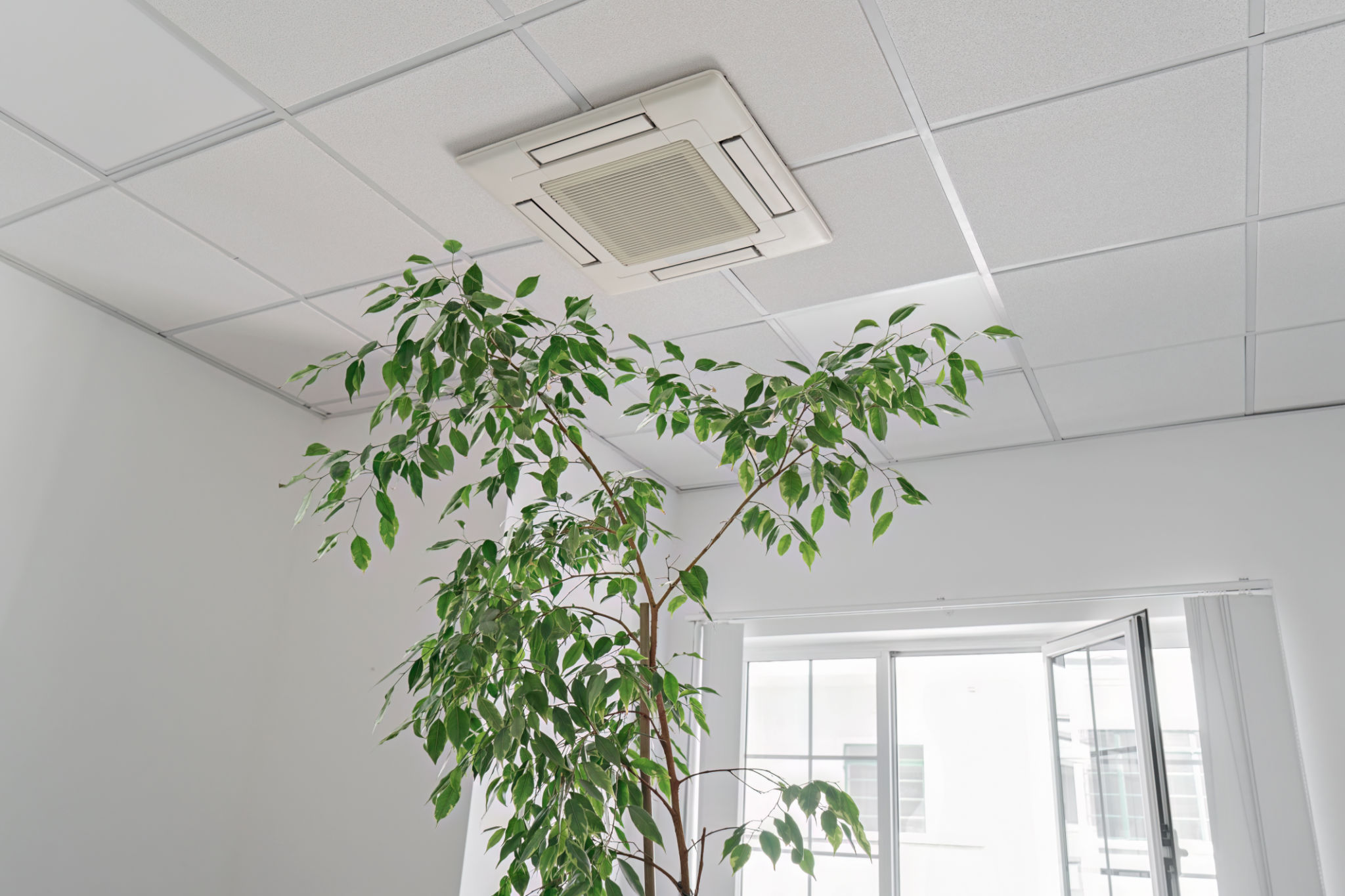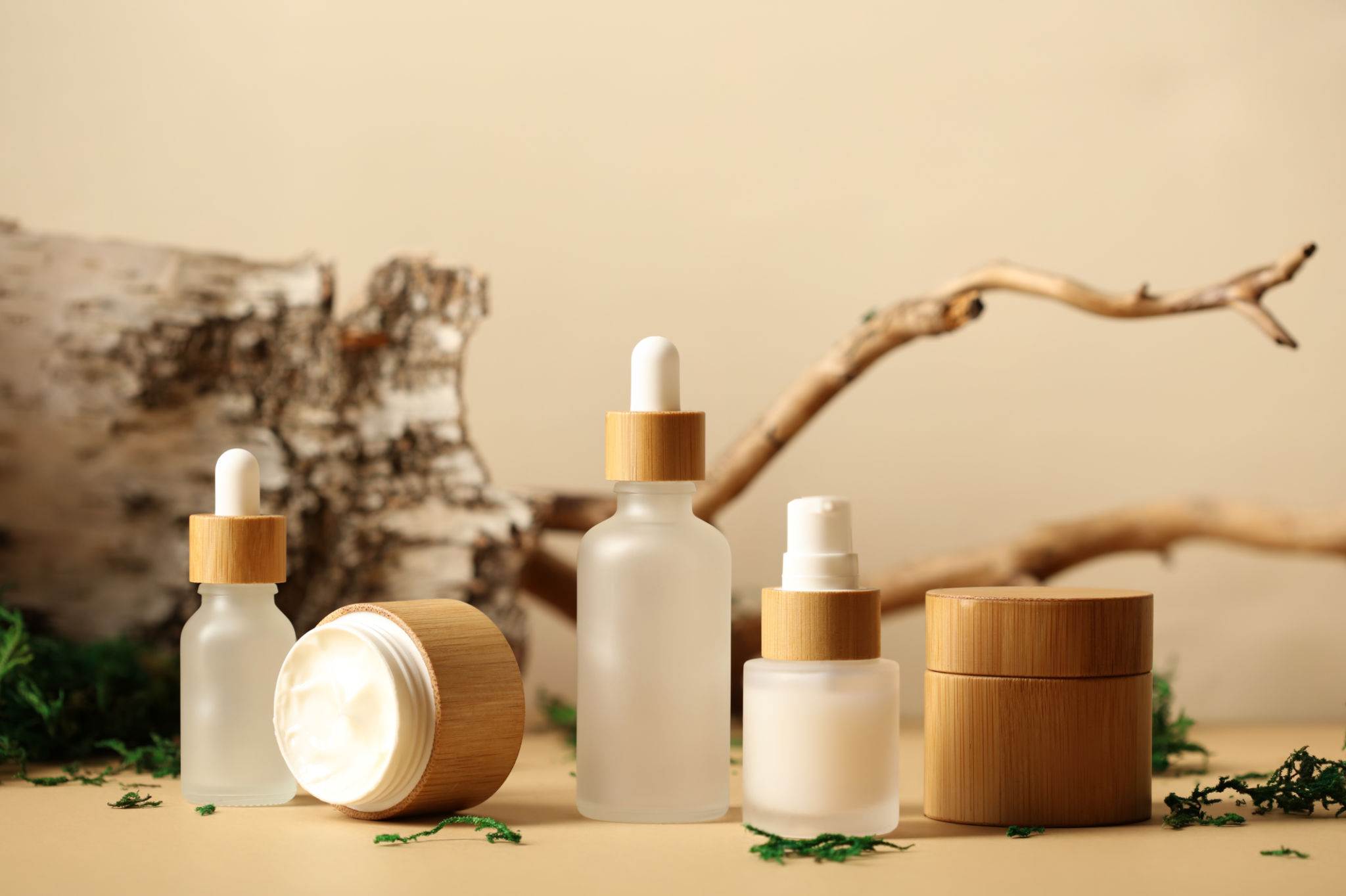The Ultimate Healthy Home Guide: Toxin-Free Living Tips
Understanding Toxins in Your Home
We often overlook the hidden dangers lurking in our homes. Toxins can be found everywhere, from the cleaning products under your sink to the materials used in furniture and flooring. Understanding these toxins is the first step towards creating a healthier living environment. Common household toxins include volatile organic compounds (VOCs), formaldehyde, and phthalates. These substances can contribute to health problems such as allergies, asthma, and other respiratory issues.
To begin your journey towards a toxin-free home, start by identifying areas where these chemicals may be present. Look at the labels on household products and consider their ingredients. Products labeled as “natural” or “green” are not always free from harmful chemicals, so it’s important to do your research.

Choosing Safer Cleaning Products
Many conventional cleaning products contain harsh chemicals that can harm your health. Fortunately, safer alternatives are available that are just as effective. When choosing cleaning products, look for those that are biodegradable and free from synthetic fragrances, chlorine, and ammonia. You can also make your own cleaning solutions using simple ingredients like vinegar, baking soda, and lemon juice.
Additionally, consider using microfiber cloths, which effectively clean surfaces with just water, reducing the need for chemical-laden products. This simple switch can significantly reduce the amount of toxins in your home.

Improving Indoor Air Quality
Indoor air quality is crucial for a healthy home environment. Poor air quality can exacerbate health issues and diminish overall well-being. To improve the air quality in your home, start by increasing ventilation. Open windows regularly to allow fresh air to circulate and help remove indoor pollutants.
Investing in an air purifier with a HEPA filter can also help remove airborne particles such as dust, pollen, and pet dander. Additionally, houseplants like spider plants and peace lilies are natural air purifiers that can help reduce indoor toxins.

Opting for Non-Toxic Furniture and Decor
The materials used in furniture and decor items can be significant sources of indoor toxins. Many conventional furniture pieces are made with materials that emit VOCs and formaldehyde. When purchasing new furniture, opt for pieces made from solid wood or those labeled as low-VOC or formaldehyde-free.
Choose textiles such as curtains and rugs made from natural fibers like cotton, wool, or jute. These materials are less likely to contain harmful chemicals compared to synthetic fibers.
Mindful Use of Personal Care Products
Your personal care routine might be contributing to the toxin load in your home. Many personal care products contain parabens, sulfates, and synthetic fragrances which can be harmful to your health. Opt for products with natural ingredients and those labeled as free from these potentially harmful additives.
Consider simplifying your routine by using multi-purpose products or DIY alternatives made from natural ingredients to further reduce exposure to toxins.

The Importance of Regular Maintenance
Maintaining a toxin-free home requires ongoing effort. Regular cleaning routines help control dust and other allergens. Pay special attention to areas like carpets and upholstery which can harbor dust mites and other allergens. Vacuuming with a HEPA filter vacuum cleaner can help reduce these pollutants effectively.
Additionally, perform regular checks for mold and mildew in damp areas such as bathrooms and basements. Mold can significantly impact indoor air quality and should be addressed promptly.
Embracing a Minimalist Lifestyle
Adopting a minimalist lifestyle can naturally lead to a healthier home environment. By reducing clutter, you minimize dust accumulation and make it easier to maintain clean spaces. A decluttered space also promotes a sense of calm and well-being.
Consider donating or recycling items you no longer need or use. This not only helps create a healthier home but also supports sustainable living practices.

Conclusion
Creating a toxin-free home is an ongoing process that requires attention to detail and conscious decision-making. By understanding the sources of toxins and implementing these practical tips, you can significantly reduce your exposure to harmful substances and create a healthier environment for you and your family.
Remember, small changes can make a big difference over time. Start with one area of your home and gradually expand your efforts. Your health and well-being are worth the investment.
